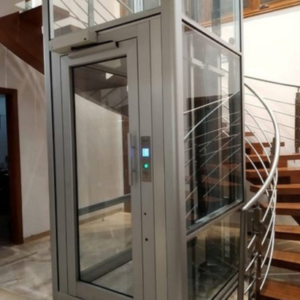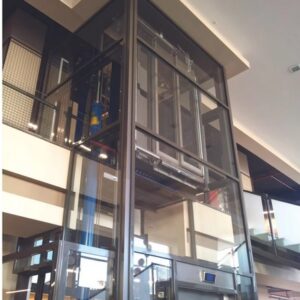How Much Is an Elevator
The cost of an elevator depends on factors such as type, building height, installation complexity, and maintenance requirements. Traction, hydraulic, and pneumatic elevators have different structural needs. Additional factors like design, safety features, and professional installation influence the overall investment, making careful planning essential for efficiency and long-term use.
Product Description
Elevators cost are essential for modern buildings, providing convenience, accessibility, and efficiency. The cost of an elevator depends on various factors, including the type, installation complexity, structural modifications, and maintenance requirements. Whether for residential, commercial, or industrial purposes, choosing the right elevator requires careful consideration of these aspects.
Types of Elevators
Different types of elevators are available to meet various needs. Traction elevators operate using steel ropes and a counterweight system, making them energy-efficient and suitable for mid-rise and high-rise buildings. Hydraulic elevators use a piston mechanism powered by fluid pressure, making them ideal for low-rise buildings. Pneumatic elevators function using air pressure, offering a compact and space-saving solution for residential properties. Machine-room-less (MRL) elevators eliminate the need for a separate machine room, reducing installation space requirements and energy consumption. Each type has different installation and maintenance requirements, affecting the overall cost.
Factors Affecting Elevator Installation
Several factors influence the installation of an elevator. The height of the building determines the type of elevator needed, as taller structures require more advanced lifting mechanisms. Structural modifications, such as creating an elevator shaft or reinforcing existing structures, add to the installation complexity. The choice of materials, cabin design, and additional features, such as automatic doors and smart controls, also impact the overall investment. Professional engineers and contractors assess these factors before proceeding with installation.
Installation Process
The installation process begins with a site assessment to determine the feasibility of the elevator system. Engineers inspect the available space, structural integrity, and electrical requirements. Depending on the type of elevator, installation involves assembling guide rails, installing the motor system, and setting up safety mechanisms. Some elevators, such as traction elevators, require a machine room, while others, like MRL and pneumatic elevators, have a more compact design. The complexity of installation varies based on the building’s layout and existing infrastructure.
Maintenance and Long-Term Costs
Maintaining an elevator is crucial for its long-term functionality and safety. Regular inspections, lubrication, and part replacements prevent mechanical failures and ensure smooth operation. Hydraulic elevators require fluid maintenance, while traction elevators need periodic rope inspections. Scheduled servicing by trained professionals enhances efficiency and prevents unexpected malfunctions. Investing in routine maintenance helps prolong the lifespan of the elevator and ensures compliance with safety standards.
Safety and Regulations
Safety is a top priority when installing and operating elevators. Modern elevators come equipped with safety features such as emergency brakes, backup power systems, and automatic door sensors. Speed regulators ensure smooth movement, while emergency communication systems provide assistance during unexpected breakdowns. Regulatory bodies enforce strict guidelines to ensure elevators meet safety standards. Compliance with these regulations guarantees passenger security and operational reliability.













Reviews
There are no reviews yet.